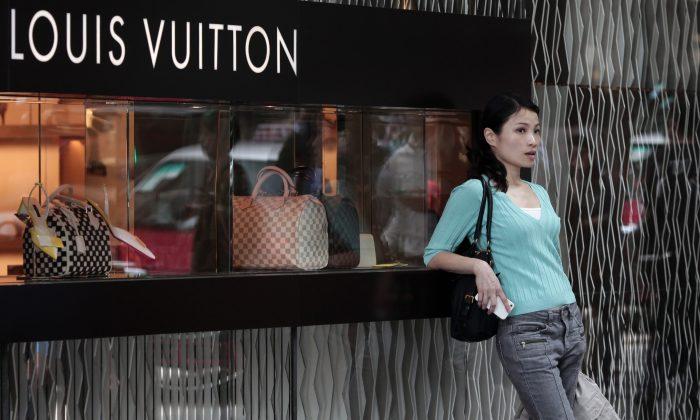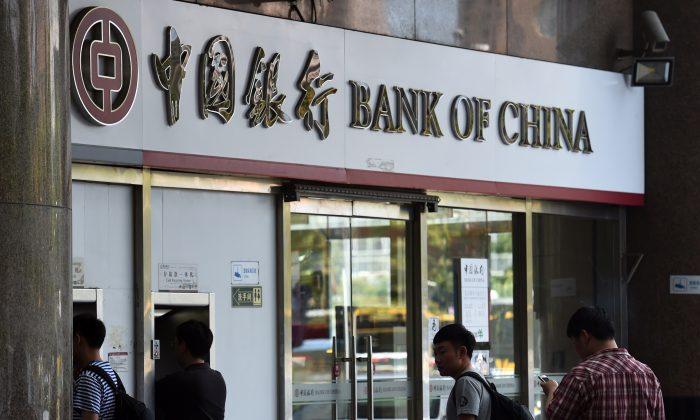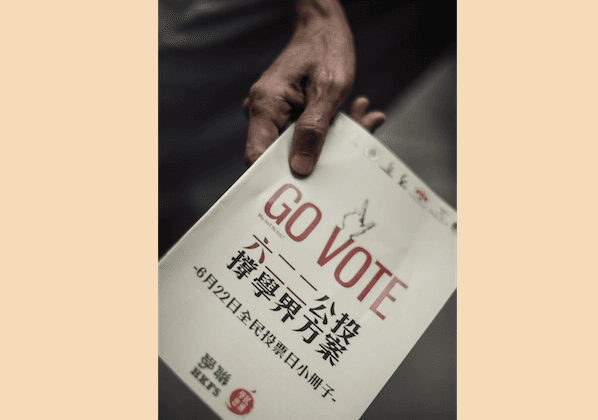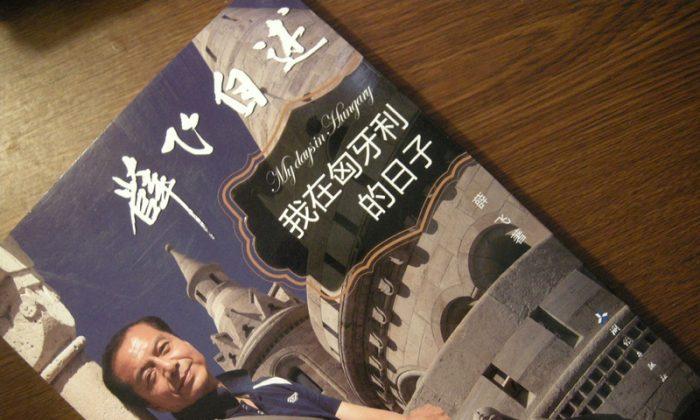The top 5 percent of households by income earned 23.4 percent of total household income in China last year, while the bottom 5 percent accounted for only 0.1 percent. The newly-published data highlights the severity of China’s widening income gap between the rich and poor, but experts have expressed concerns that the true situation could be far worse.
The data was released in a report titled the “Chinese Household Follow-up Study,” and published by the Chinese Social Science Research Center of Peking University on July 17, reported The Chinese Southern Metropolis Daily.
According to the study, the net income per capita of the average Chinese household last year was 13,033 yuan (USD$2,123), but for families in the bottom 5 percent, only 1,000 yuan (US$163) on average. Families in the bottom 5-10 percent fared slightly better with an average of 2,000 yuan.
In contrast, the top 5 percent took home an average of 34,300 yuan (US$5,588) per capita. Furthermore, the top 10 percent of households made 58.5 times what the bottom 10 percent made.
However, many analysts believe that the report underestimates the true extent of China’s income inequality. Liu Kaiming, director of the Institute of Contemporary Observation (a Shenzhen-based civil think-tank and labor and social-rights action group), believes that the rich-poor gap in China could be much wider than the report estimates it to be.
“It (the report) measures the income of each household in terms of their combined salaries, and this is indeed accurate for most households. However, I feel that it is not realistic to assume that the main income of the top 5 percent of households comes solely from their salaries. The report should have additionally stated that the high-income families it studied did not choose to disclose their incomes outside of salaries. Because of this, I believe that the report could be inaccurate to some extent,” said Liu, according to a report by Radio Free Asia (RFA).
Additionally, the Peking University report showed that families with members working “inside the system” (agencies and organs directly controlled by the Communist Party) earned much more on average. According to Liu, this was not a result of free market forces, but was due to the system itself.
“Statistics from the National Bureau of Statistics show that state-owned entities pay much better than their private sector counterparts,” Liu said. “Workers in state-owned entities also receive much better benefits; Their retirement, medical, education, and housing benefits are all much better than the average citizen’s. All of this contributes towards the expanding gap in income.”
On January 18, 2013, the Chinese National Bureau of Statistics published records of China’s annual Gini coefficient for the first time, which showed that it had remained above 0.47 for the past ten years, exceeding the internationally recognized warning level of 0.4. A Gini coefficient above 0.4 is associated with political instability.
The Gini coefficient, which ranges from 0 to 1, is a measure of a country’s income equality. A lower Gini coefficient is more desirable, because it indicates a more even distribution of income. By international standards, a country’s income distribution is considered evenly spread if its Gini coefficient falls between 0.2 and 0.3.
However, analysts believe that the officially published numbers do not reflect the extreme polarization of wealth now seen in China; China’s real Gini coefficient should be much higher.
Hu Xingdou, a professor at the Beijing Institute of Technology, does not believe the officially published numbers, including those of China’s GDP and CPI (consumer price index), are reliable or accurately reflect the true situation in China. He believes that the statistics were likely manipulated for political purposes.
“Statistics are often used by certain people [in China] as a means to obtain political achievements. Therefore some numbers are lowered, and some are increased. In China, this phenomenon is known as, ‘officials make the numbers, and numbers make the officials,’” Hu said.
According to Hu, statistics by the Industrial and Commercial Bank of China showed that 9 percent of people in China owned 91 percent of all bank savings. He also said that although independent studies would carry more credibility, China does not have an official system for tracking its citizens’ assets and properties. Thus, incomes from grey areas or illegal sources would not be reflected by these studies.
The United Nations estimated China’s Gini coefficient to have been at least 0.55 in 2011.
According to the Chinese Household Financial Report, published by the China Southwest University of Finance, the Gini coefficient among Chinese households was 0.61 in 2010. The report suggested that “the income gap between the rich and poor in China is so large that it would be very difficult to find it anywhere else in the world.”
Translated by Cheryl Chen. Written in English by Shu Yan Tan.
Read the original Chinese article.




